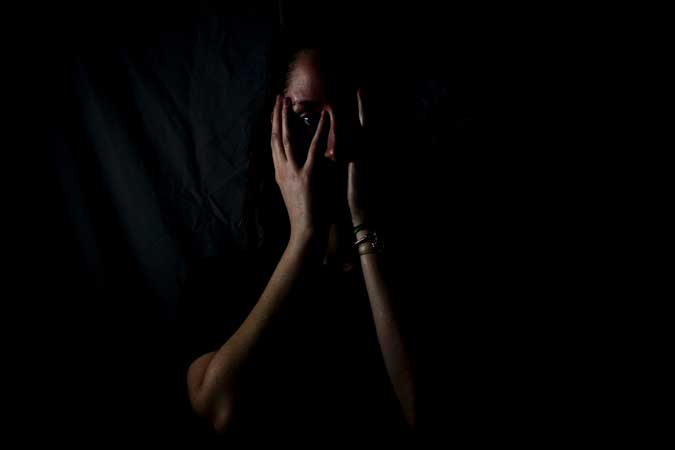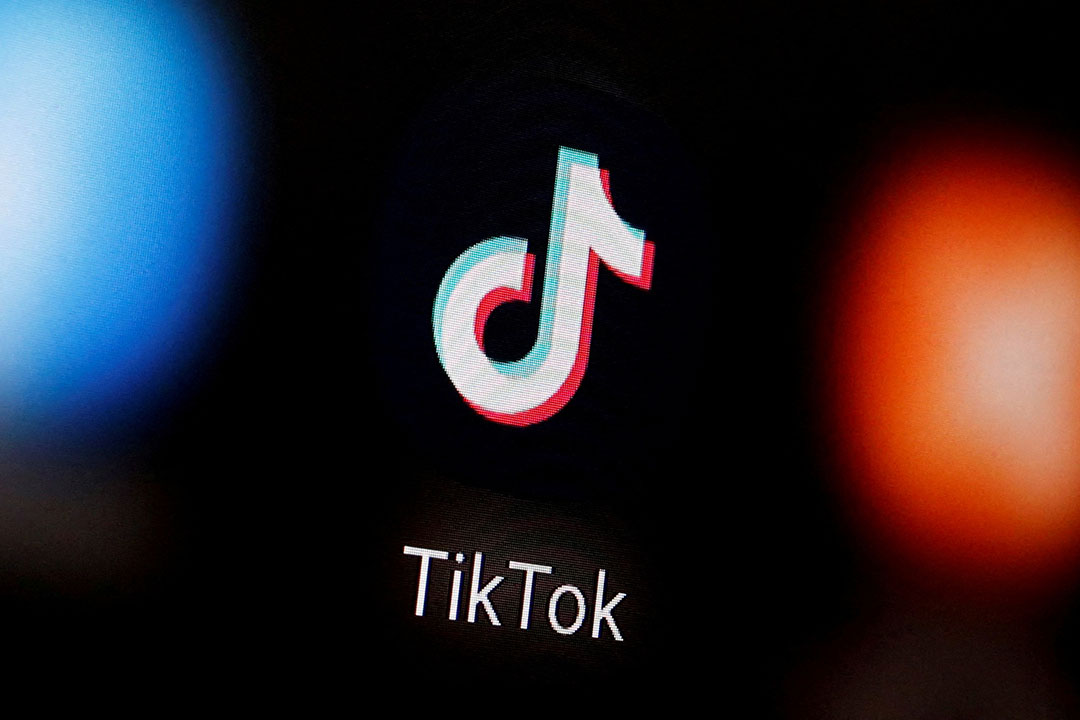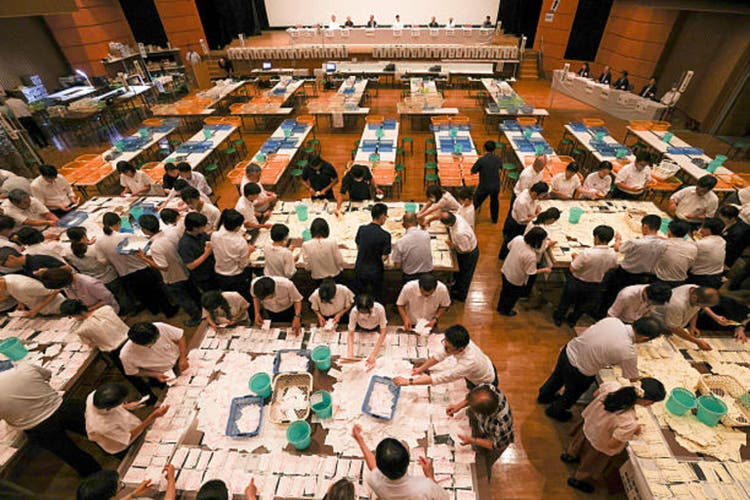 Lonely young woman depressed and stressed sitting in the dark bedroom, Negative emotion concept | STOCK PHOTO | AdobeStock
Lonely young woman depressed and stressed sitting in the dark bedroom, Negative emotion concept | STOCK PHOTO | AdobeStockHealth experts calling for the adoption of a more comprehensive nonavalent human papillomavirus (HPV) vaccine after a recent local study found that a different cervical cancer-causing strain, one not covered by the commonly used vaccine, is emerging to be the most dominant type affecting Filipino women.
The findings of the local study DEFEAT HPV show that, among the 1,100 women surveyed from 2022 to 2024 in urban Tondo, Manila, and rural Naic, Cavite, the proportion who tested positive for HPV was high at 15.1% and 12.8%, respectively.
Among the women who tested positive, 52% were found to have HPV-52, a high-risk type of the virus that is not covered by the widely used quadrivalent vaccine.
It has already toppled the same high-risk HPV (HR-HPV) types 16 and 18, which have traditionally been the most prevalent strains targeted by the quadrivalent vaccine.
“So, in our old data in the Philippines… we saw in the 1998 study that HPV-52 was not that common. But in the current study, we saw that HPV-52 is even more common in the community compared to HPV-16,” Dr. Ourlad Alzeus G. Tantengco, the head of the study, told BusinessWorld on the sidelines of the study’s presentation last Monday.
Mr. Tantengco also said that HPV-52 was found to persist even after 12 months in four out of five women infected with the strain, leading to a ninefold increase in the risk of cervical cancer.
“Persistence is the main risk factor for developing cervical cancer,” Mr. Tantengco said. “If we ignore these prevalent but uncovered strains, we risk leaving thousands of women unprotected.”
“And this is why, in terms of vaccination, we really need to cover these other genotypes,” he added.
Currently, the country’s National Immunization Program (NIP) only administers the quadrivalent HPV vaccine, which covers high-risk types 16 and 18, and low-risk types 6 and 11.
Given the results of the study, Mr. Tantengco is calling for the use of the more comprehensive nonavalent vaccine, which covers nine HPV strains, including HPV-52.
“We’re using vaccines that don’t match the real-world data anymore,” Mr. Tantengco said. “The nonavalent vaccine, which covers nine genotypes including HPV-52, offers the broadest and most relevant protection for Filipinas today.”
According to the World Health Organization (WHO), to achieve herd immunity against HPV, the country must vaccinate at least 90% of eligible girls with at least one dose of the HPV vaccine before they turn 15 years old.
It also recommends that 70% of women be screened for cervical cancer by ages 35 and 45, and that 90% of those diagnosed receive timely treatment. – Edg Adrian A. Eva

 4 hours ago
1
4 hours ago
1





















 English (US) ·
English (US) ·